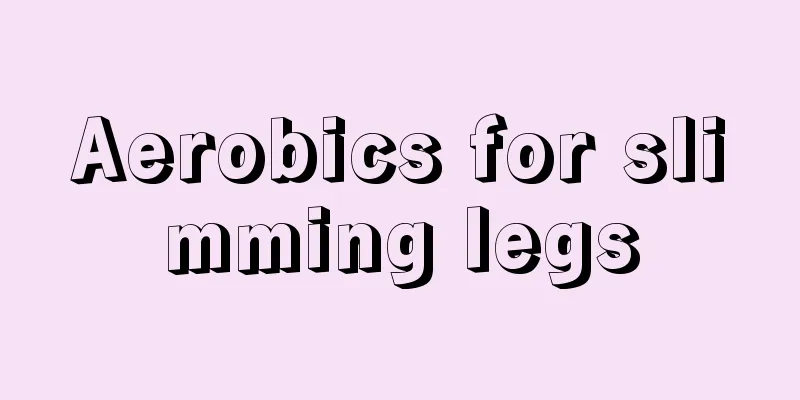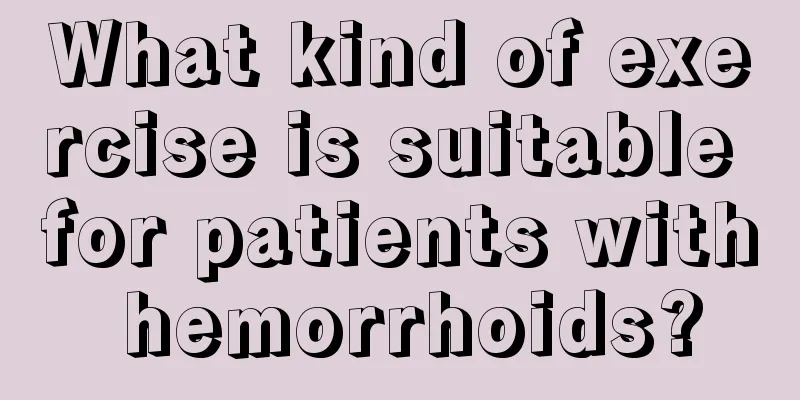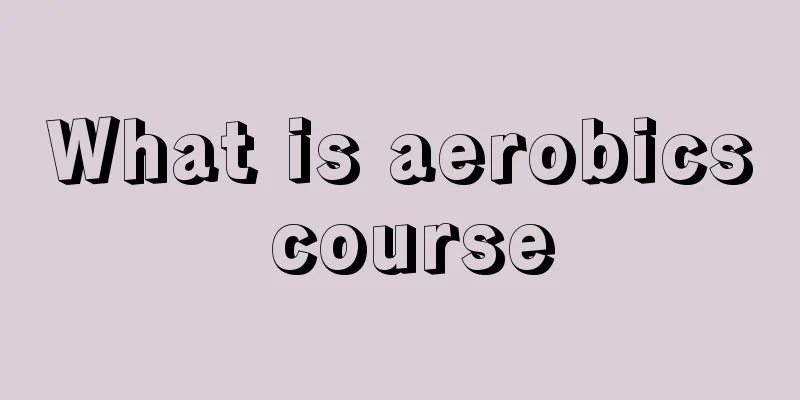What are movement disorders

|
Regardless of gender, age or status, we recommend that everyone exercise more in life, because exercise can play a very good role in physical health. However, some people will have movement disorders. So have you paid attention to what kind of problem is called movement disorder? The following is a detailed analysis and introduction for everyone, and you should also pay attention to these sports common sense. The phenomenon of voluntary movement being excited, inhibited or unable to be controlled by the will is common in neurological diseases, mental disorders, trauma, etc. There are two types of motor functions: voluntary movements and involuntary movements. Voluntary movement is conscious movement that can be performed according to one's own will, also known as autonomous movement. Involuntary movements refer to the movements of the myocardium and smooth muscles controlled by the visceral motor nerves and vasomotor nerves. They are movements that are not conscious and controlled by one's own will. Generally speaking, exercise refers to voluntary movement. The motor nervous system refers to the pyramidal system, the extrapyramidal system (striatal-pallidum system) and the cortical-pontine-cerebellar system, and the peripheral motor neurons send impulses to control the activity of skeletal muscles. Main Types Loss of the ability to move muscles voluntarily. The main types are as follows: 1. Painful movement disorders. Seen in hysteria. 2. Intermittent movement disorder. It is seen in vascular diseases and limb blood circulation disorders. Muscles cannot get the corresponding blood supply during exercise, resulting in movement disorders, which can be improved after rest or suspension of exercise. 3. Occupational movement disorders. It is an occupational neurosis. Due to psychological factors, patients will experience muscle spasms or weakness, resulting in inability to move or movement disorders when engaging in exercise required by their occupation. There will be no movement disorders when they stop this exercise or do other exercises. 4. Facial-oral movement disorder. It is a tardive movement disorder that specifically affects the facial muscles and is often caused by drugs. 5. Tardive dyskinesia. Involuntary, typical repetitive movements of the cheek, mouth and neck muscles, mainly caused by long-term use of neuroleptics and antipsychotic drugs. It is common in the elderly and may not be relieved for a long time after stopping the medication. The common sense issues introduced above are some common sense about exercise. If you find that you have these movement disorders, then of course you should pay attention to some scientific and effective treatments and relief methods, so that you can enjoy the fun of exercise and better ensure your physical health. |
<<: How to slim down your thighs with fitness
>>: How to grade exercise intensity
Recommend
How to train explosive power?
Explosive power refers to the ability to suddenly...
Can fitness really help you lose weight?
A good figure can highlight a person's temper...
Can sit-ups reduce belly fat?
For many women, their belly is particularly large...
How to exercise the small arm muscles
Many male friends will be very envious when they ...
What are the back muscle training equipment methods?
Muscle tissue is vital to our body. With muscles,...
Can skipping rope help you lose weight?
If you are a student who has graduated for a long...
What is the most effective way to exercise?
Everyone started to pay attention to health care ...
Is it useful to do abdominal exercises for eight minutes?
If the abdominal muscles can be trained well, it ...
Can push-ups build muscle?
When people do push-ups, the belly muscles will b...
What are the ways to do morning exercise?
Most of our elderly friends have the habit of mor...
Why do I gain weight after exercising?
Some people originally wanted to lose weight thro...
What is fat burning aerobic exercise
There are various types of aerobic exercise, so w...
What are some fitness exercises for weight loss?
In daily life, obesity is a very annoying thing. ...
Can I practice yoga in bed during the day?
Nowadays, with the change of some concepts among ...
What are the functions of badminton?
I believe everyone is familiar with badminton, be...









